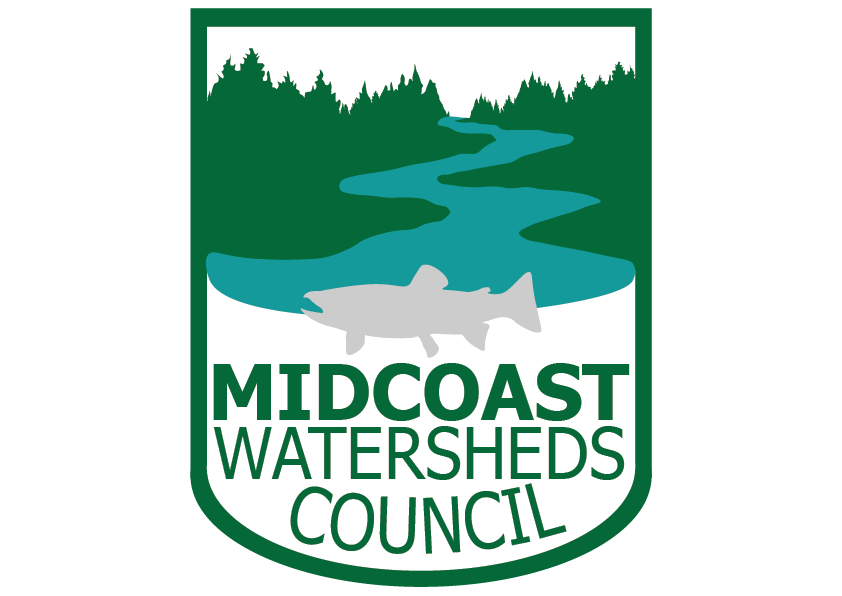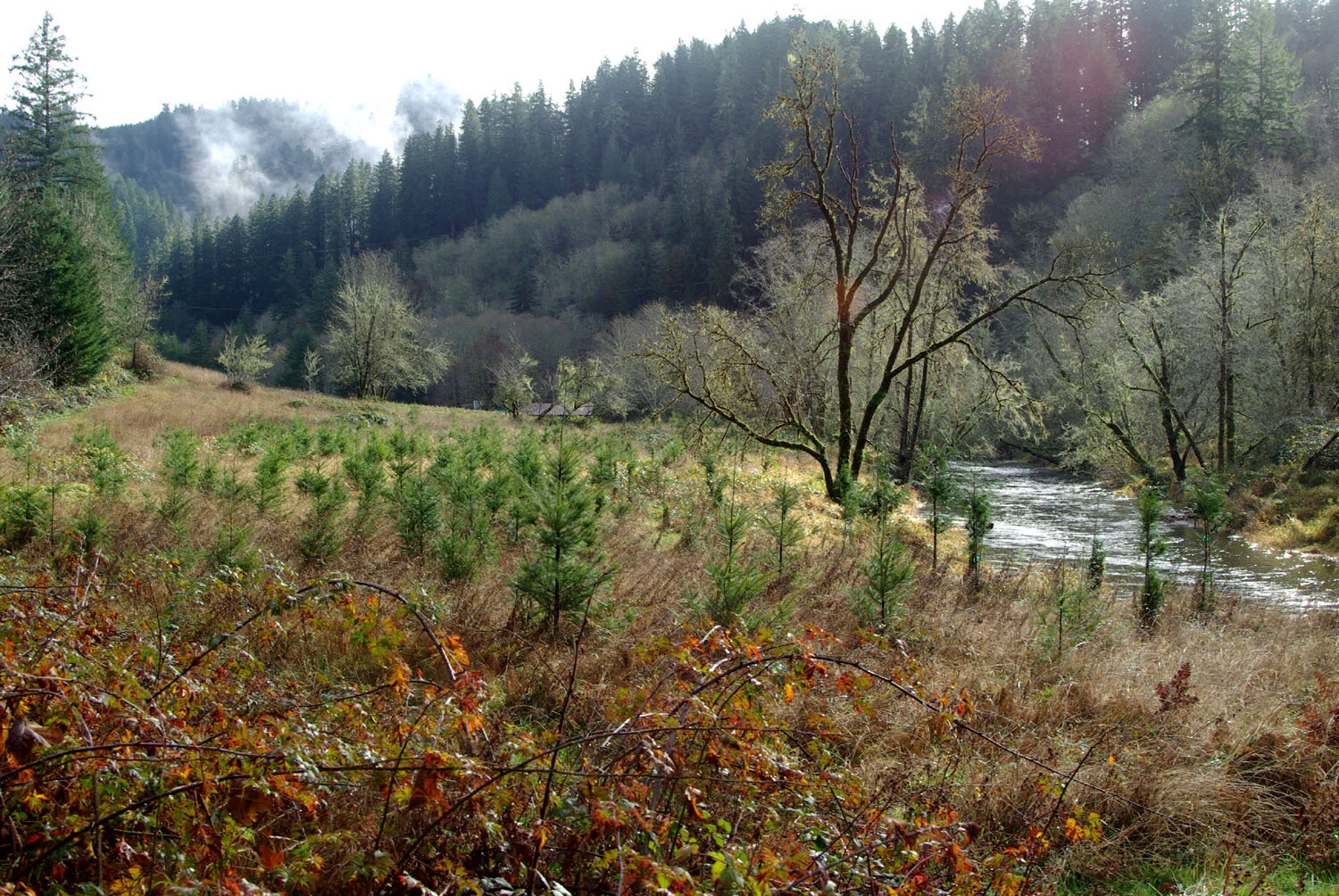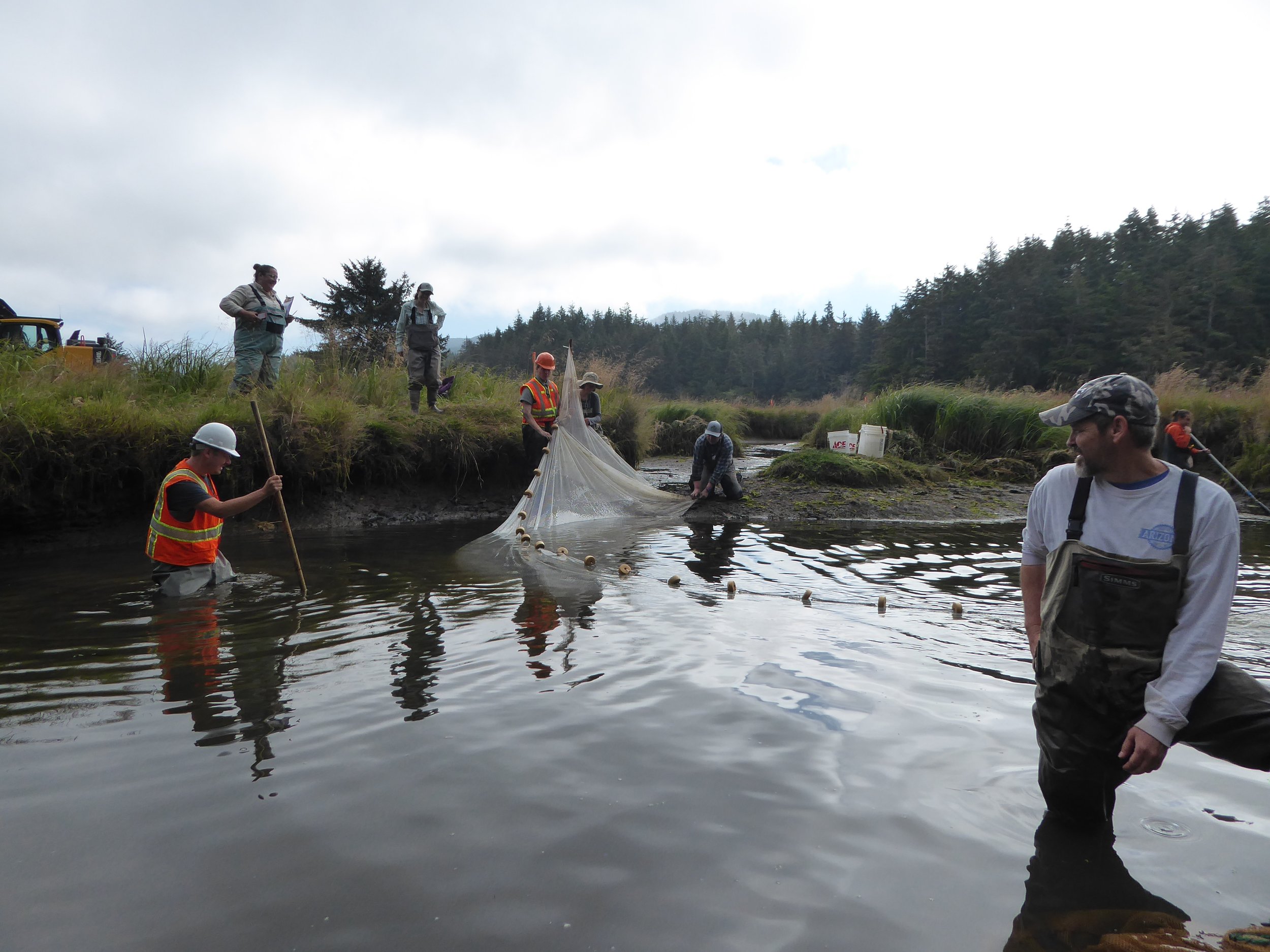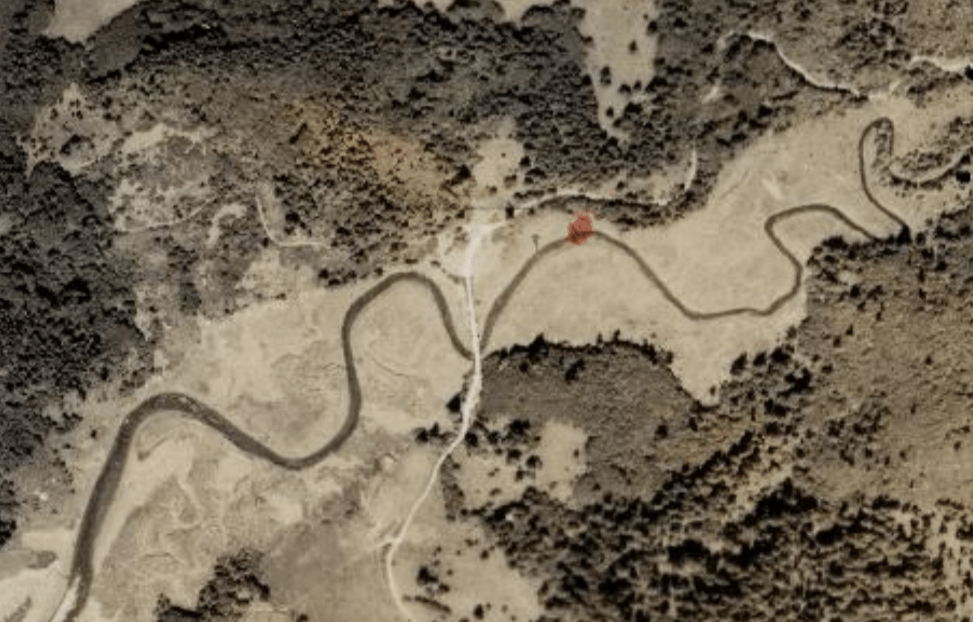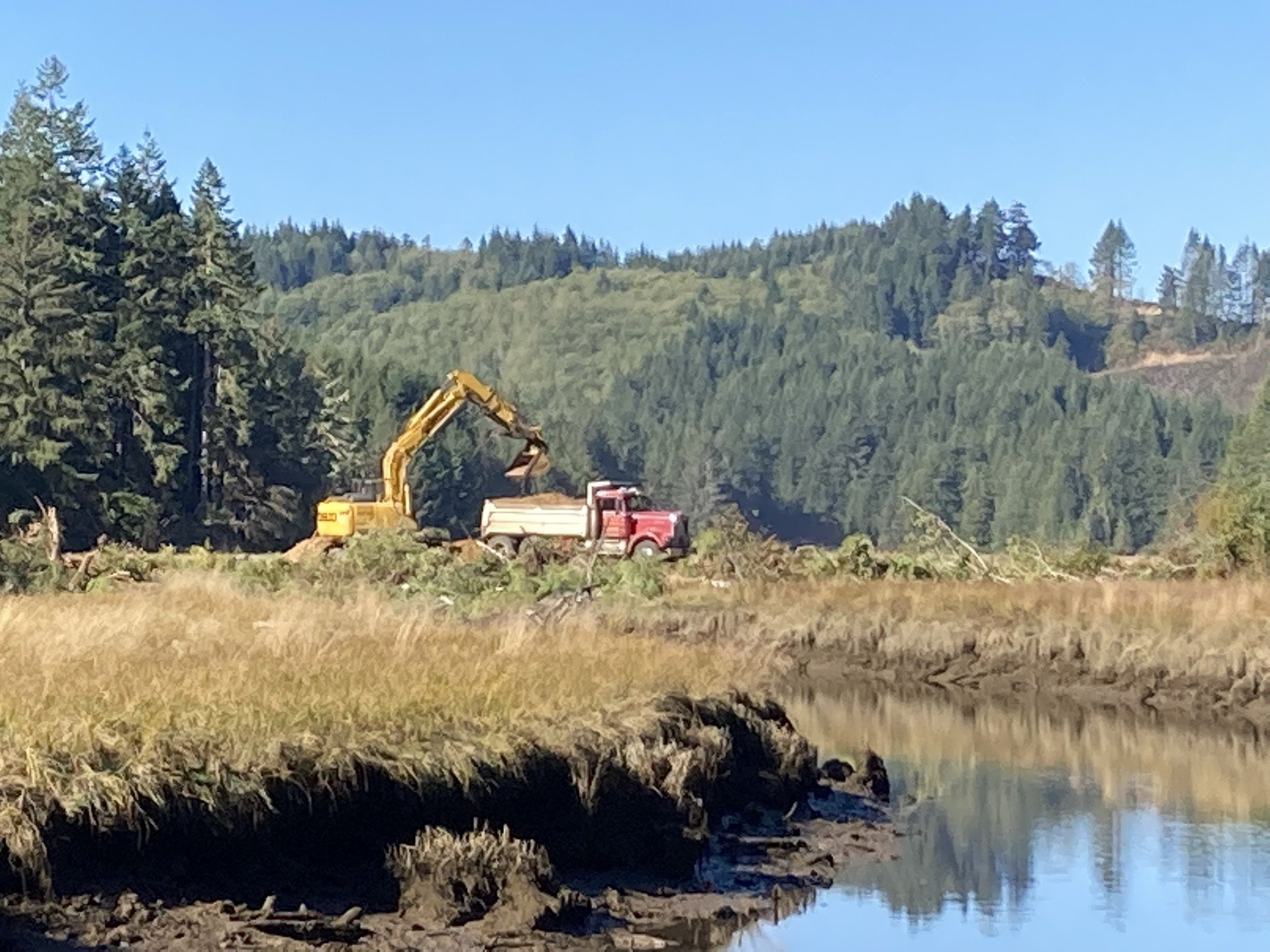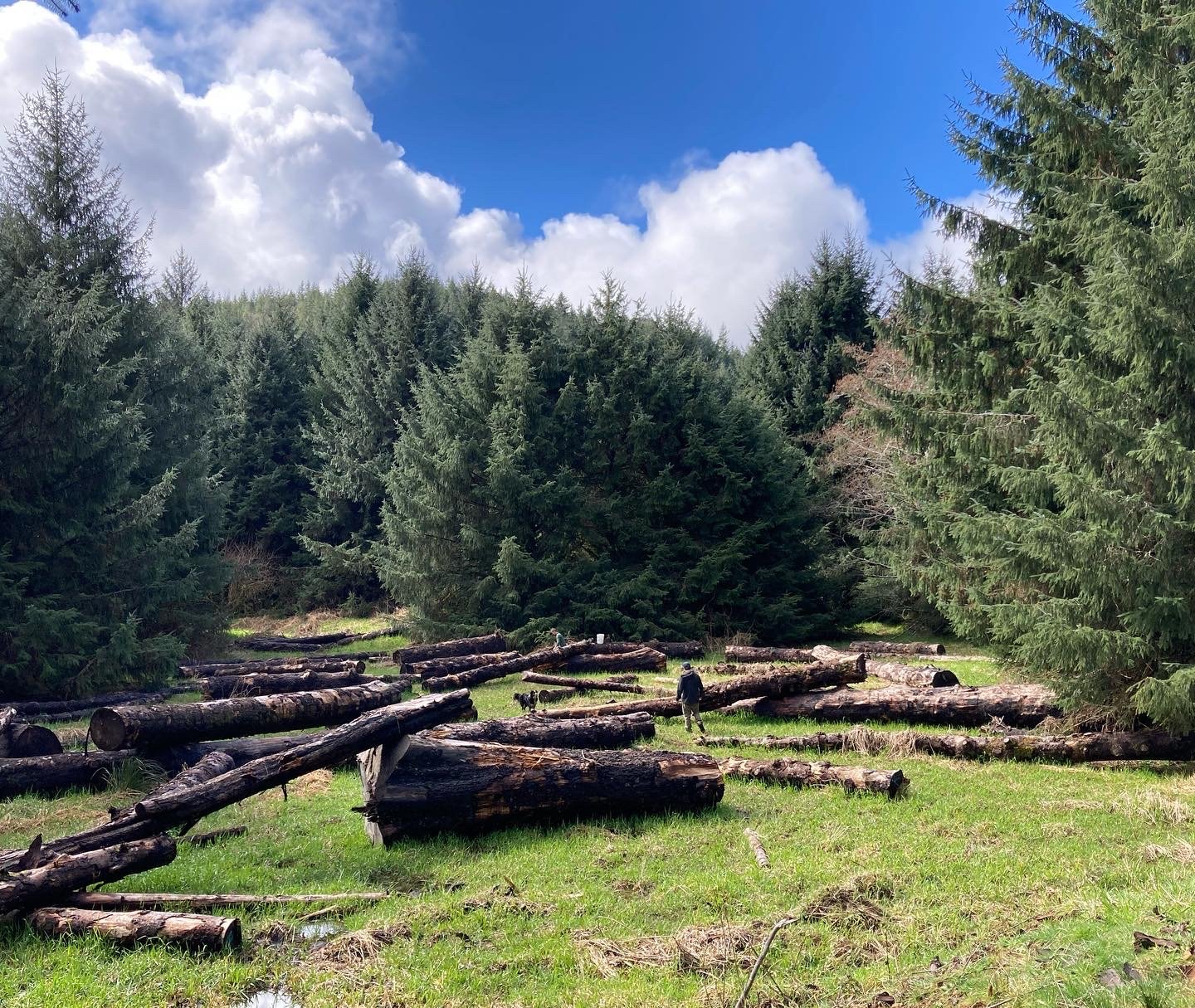The Bayview Oxbow is located on the northern end of Alsea Bay where historical tidal wetlands once thrived. Efforts to restore these wetlands have been in the works for years and aim to reconnect the oxbow with Alsea Bay so that water can flow over the natural floodplain once again. The Wetlands Conservancy, which owns most of the western portion of the Bayview Oxbow, completed preliminary designs for restoration at Bayview Oxbow in 2019 in coordination with adjacent landowners and other stakeholders.
Currently, these designs have been picked up by the Oregon Central Coast Estuary Collaborative (OCCEC) which will be conducting a thorough technical review of culvert removal and bridge replacement in coordination with Lincoln County and partners. The Bayview Oxbow has been identified by OCCEC as a Focused Investment Partnership (FIP) project site and will receive a holistic approach to reconnect the oxbow and address infrastructural concerns with the larger goal of increasing resilience to sea level rise and other climate change impacts.
The Bayview Oxbow used to consist of extensive tidal wetlands, with tidal flows traveling into the oxbow during high tide and flowing out during low tide. This regime has been dramatically altered by dikes, tidegates, and other infrastructure. There were also spots within the oxbow complex that have been identified as historical forested swamp habitat, a once abundant wetland type along the Oregon Coast. In the past 150 years of land use, these wetlands have been converted for agriculture and industry.
1939 aerial image of the Bayview Oxbow referenced in text below.
The earliest photos of the Bayview Oxbow from 1939 show the site already diked, ditched, and utilized by early settlers. Land use priorities have contributed significantly to the decline of wetland habitat along the Oregon Coast; tidal wetlands declining by an average of about 60% and forested and scrub-shrub swamp by an average of about 95% since European settlement. Addressing these massive changes in wetland composition along the Oregon Coast is necessary to restore natural ecosystem processes that have been deeply disturbed by human land use.
In the next few years, project partners expect to begin restoration actions in response to a comprehensive project design. Utilizing a variety of grant sources and collaboration with a host of partners, the Bayview Oxbow restoration project aims to reconnect the oxbow with the Alsea Bay, promoting wetland wildlife and generating community resilience to projected sea level rise in line with landowner interests and concerns.
